Cold sores are a common viral infection that usually affects lips and skin around the mouth, chin, or nose. They are tiny blisters filled with fluid, sometimes called herpes simplex labialis, fever blisters, and oral blisters. Although this condition is not curable, several treatment options can reduce the number of outbreaks and heal sores more quickly.
Many people who develop cold sores never experience it for the second time. It is because the body produces antibodies in response to the virus. However, the number of times cold sores occur varies from person to person. The virus may remain inactive after the first infection for the rest of the person's life or cause more infections, leading to blisters and other symptoms. Continue reading to learn if you are at risk of developing recurring cold herpes and how to get rid of this condition.
Cold sores are usually caused by a virus called HSV-1![]() , but in rare cases, they may result from HSV-2 infection (herpes simplex virus type 2). Both viruses are highly contagious and spread through close contact with other people. The most common way to infect someone with HSV-1 or HSV-2 is by kissing and sexual contact, but the infection may also happen if you share personal hygiene items such as razors, towels, and lip balm.
, but in rare cases, they may result from HSV-2 infection (herpes simplex virus type 2). Both viruses are highly contagious and spread through close contact with other people. The most common way to infect someone with HSV-1 or HSV-2 is by kissing and sexual contact, but the infection may also happen if you share personal hygiene items such as razors, towels, and lip balm.
According to the World Health Organization, 3.7 billion people younger than 50 carry herpes simplex type 1![]() , which means they developed cold sores infection at some point, and their bodies contain antibodies for HSV-1.
, which means they developed cold sores infection at some point, and their bodies contain antibodies for HSV-1.
The infection caused by herpes simplex virus type 2 is way less common. It is estimated that 491 million people under 50 have it, with sexual contact being the most common cause.
Carrying either HSV-1 or HSV-2 puts you at risk of developing blisters on your lips, mouth, or chin. Whether the virus activates or not depends on numerous factors, including:
The above factors may cause the virus to activate and cause the infection. They vary from person to person, meaning specific triggers won't result in cold sores in some people.
As for getting the HSV-1 or HSV-2 virus for the first time, the risk is associated with intimate contact with other people and sharing items, especially personal hygiene items such as toothbrushes, razors, and lip balms. Contacting the infected person's saliva puts you at the highest risk of getting the virus, which most often occurs while kissing and sharing drinks.
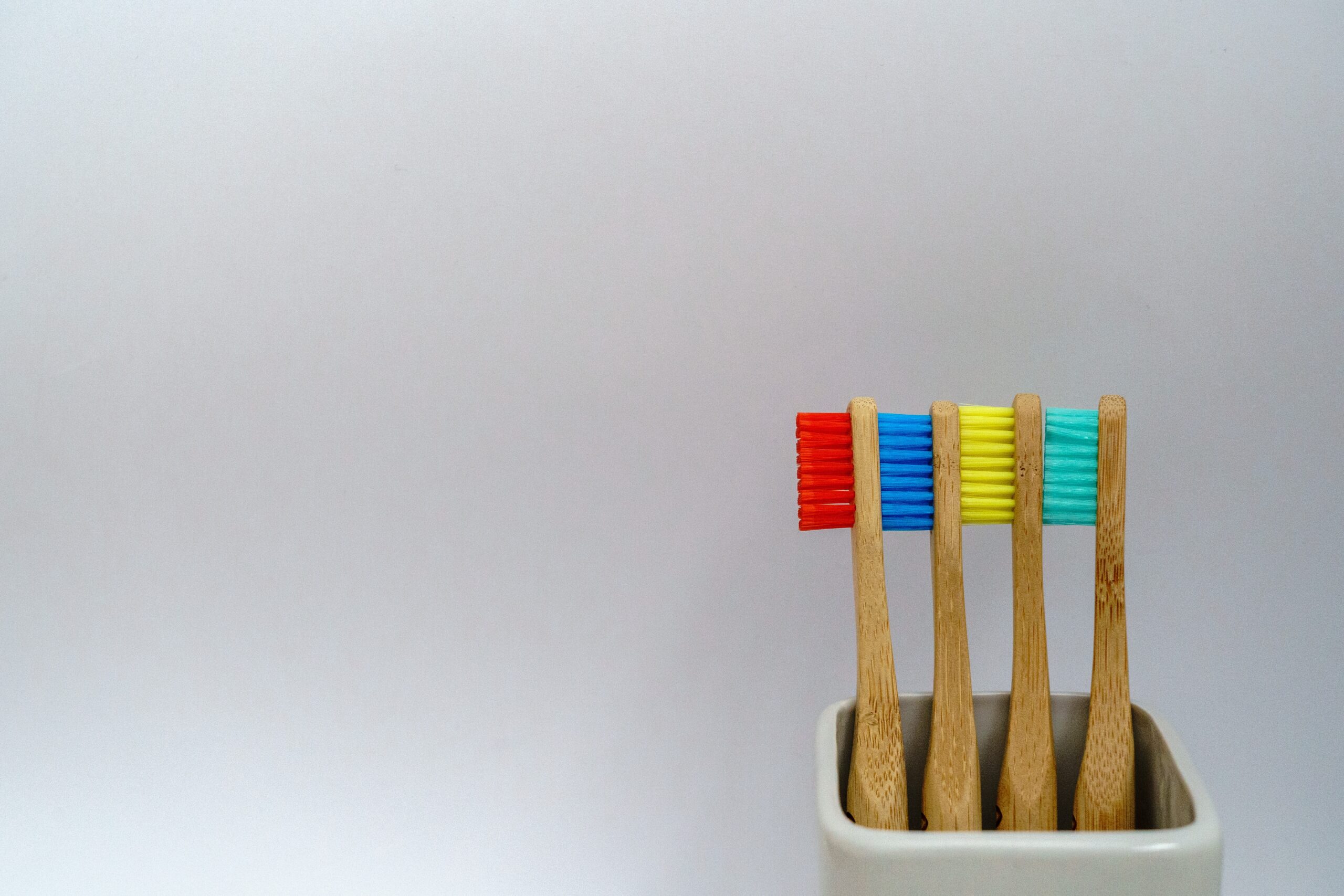
The first cold sores infection is different from the following outbreaks. In addition to blisters, the following symptoms may develop after 2 to 20 days after exposure to the virus:
A burning sensation on the face or lips often develops several days before sores appear. The sores themselves are usually tiny red blisters filled with fluid. They may appear on the chin, mouth, lips, and rarely inside the nostrils. It is possible to develop more than one cold sore.
Blisters are tender to the touch and may cause pain. They crust over time, which usually takes up to two weeks. Until that happens, sores are highly contagious.
Don't hesitate to contact your healthcare provider if you develop additional symptoms besides the sores. Although rare, severe cold sores may lead to serious health complications.
So, what does the outbreak of cold sores look like? A typical case of cold sores goes through five major stages – tingling, blistering, bursting, crusting, and healing.
Before other symptoms appear, cold sores cause a tingling or itching sensation around the mouth, especially on the lips. An uncomfortable prickling feeling usually persists for one to two days.
After about 48 hours after exposure to the virus, blisters start to form on the mouth, accompanying a tingling sensation. Blisters contain highly contagious fluid. There may be only one sore to appear, but more may follow. Areas most often affected are around the mouth, but sores may also develop in cavities such as nostrils and eyes.
At this stage, sores start to erupt![]() , resulting in open, oozing, and painful blisters. It usually occurs four or five days after the exposure. Since the sores ooze, stage 3 is the most contagious period of the infection. During that time, you should avoid intimate contact with people and not share personal hygiene items.
, resulting in open, oozing, and painful blisters. It usually occurs four or five days after the exposure. Since the sores ooze, stage 3 is the most contagious period of the infection. During that time, you should avoid intimate contact with people and not share personal hygiene items.
At stage 4, ruptured sores that left open wounds are being repaired by the body, forming a crust on the surface of the sores. Crusting is one of the body's defense mechanisms when faced with damaged skin. The crust helps keep foreign bodies out of the vulnerable area, making it heal faster.
The crust shrinks over time, which often causes itchiness and uncomfortable sensation. It may bleed if you scratch it too hard.
Cold sores infection usually reaches the last phase after 8 to 10 days. The scabs fall away when the healing process is close to its end, revealing a fresh layer of skin.
Recurrent cold sores usually don't involve additional symptoms that may develop after the first exposure to the virus. In most people, recurrent blisters heal within 7 to 10 days.
Following tips on preventing cold sores and avoiding triggers that make sores appear on your face can lower the frequency of the infection and even stop it from occurring entirely. See ‘How to Prevent Cold Sores?' to learn what you can do.
Complications are more likely to occur during the first infection of cold sores when your body hasn't produced any HSV-1 or HSV-2 antibodies. They are very rare and are more often diagnosed in children. The possible outcomes include:
Untreated severe cold sores can harm the eye's health, leading to vision loss if herpetic keratoconjunctivitis develops. If you have cold sores and experience any changes in vision or inflammation in the eye area, seek medical care as soon as possible.
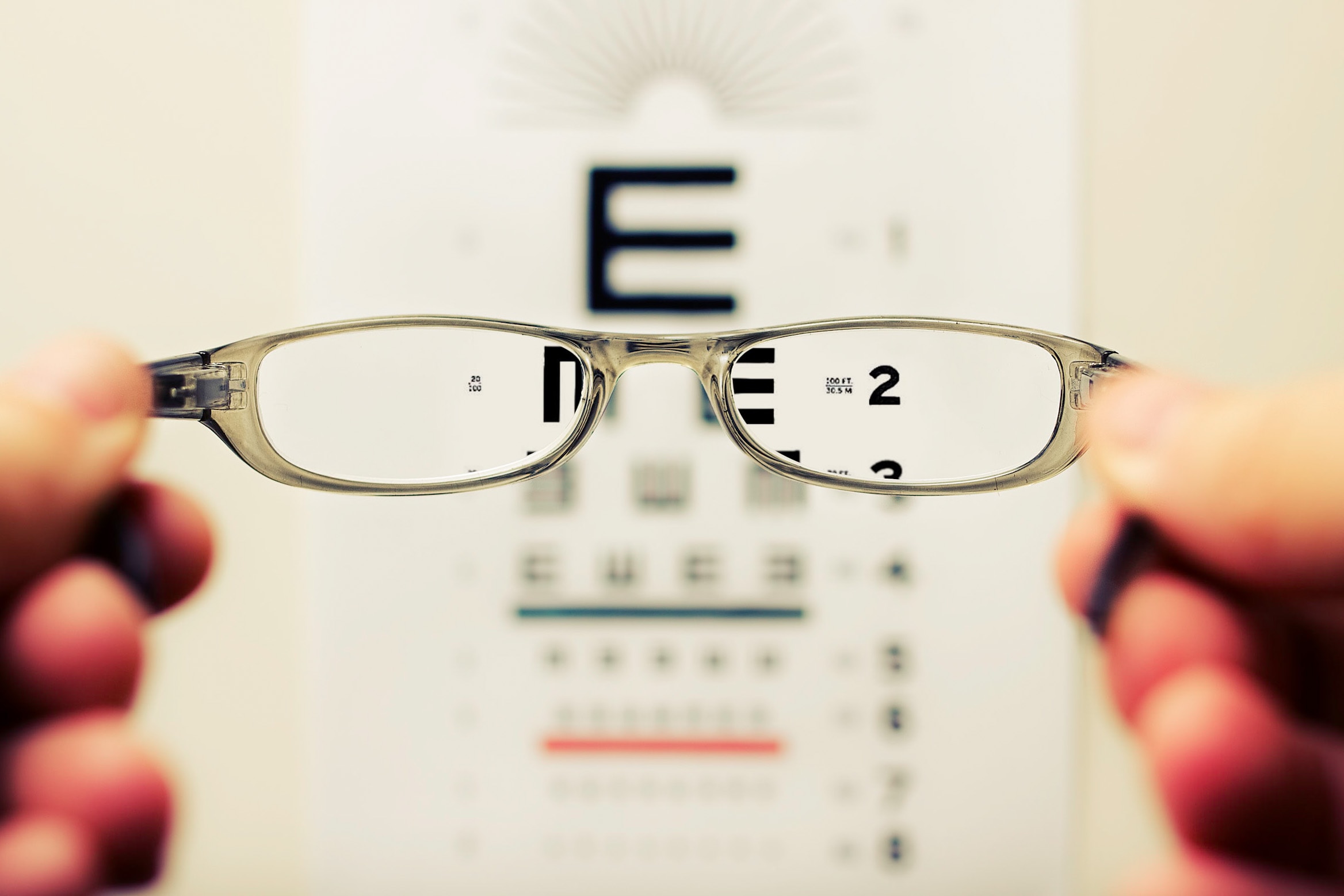
Most healthcare providers can diagnose cold sores by looking at the affected area. If the origin of the blisters is not fully clear to the healthcare professional, they may order tests, including the swab test and blood test.
A swab test involves taking a sample from the sore's fluid to determine if it contains HSV viruses. Although a blood test is not recommended for people without symptoms, it is a preferred way of diagnosing cold sores in some cases.
Strong immune systems can neutralize cold sores within 7 to 10 days after exposure to HSV. Recurrent infections also often subside on their own. However, not everyone can treat cold sores without medication and adequate self-care management. The following treatment options are the most often recommended ways by doctors to deal with herpes simplex virus:
Preventing cold sores involves a combination of lifestyle changes and awareness of potential triggers. While it may not be possible to reduce the risk to zero, these strategies can help reduce the frequency of outbreaks:
Maintain good hygiene:
Sun protection:
Manage stress:
Look into your diet:
Medications:
Avoid known triggers:
Improve your immune system:
Early treatment:
Safe sexual practices:
Remember that while these strategies can help reduce the risk of cold sores, the herpes simplex virus (HSV) may still be present in your body, and outbreaks can occur regardless of your efforts. By incorporating these countermeasures into your routine, you can better manage and minimize the impact of cold sores on your life.

Cold sores are mainly caused by HSV-1, transmitted through close contact, especially kissing, and sharing personal hygiene items that may contain saliva with the virus. HSV-2 can also lead to cold sores but is less common, primarily transmitted through sexual contact![]() .
.
Various factors can trigger cold sore outbreaks, including stress, fever, certain foods, allergies, and fatigue. People with strong immune systems are more resistant to cold sores and less prone to triggering the outbreak.
First infection may result in such symptoms as high fever, swollen lymph nodes, muscle pain, and nausea. Cold sores appear as characteristic tiny red blisters filled with fluid, typically around the mouth, lips, or chin. They are usually diagnosed during a visual examination.
Treatment options include over-the-counter antiviral creams, lemon balm, prescription antiviral medications, pain relievers, and sunscreen for protection. Antiviral medications may be prescribed in more serious cases.
Preventive measures include good hygiene, sun protection, stress management, dietary adjustments, immune system support, early treatment of symptoms, and safe sexual practices if genital herpes is present.
While cold sores are not curable, understanding their causes, symptoms, stages, and treatment options can help individuals manage and reduce the frequency of outbreaks.
Table of Contents
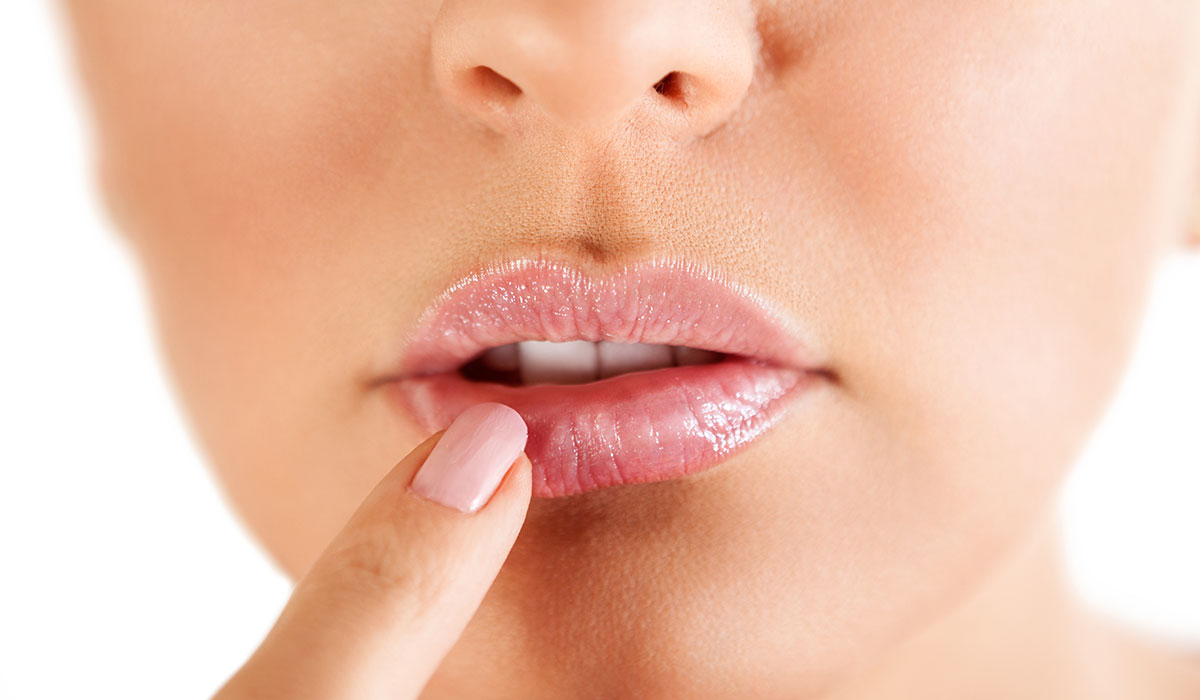
Herpes is a viral infectious disease that most often affects the lip area. Herpes virus infections are common. What does… read more »
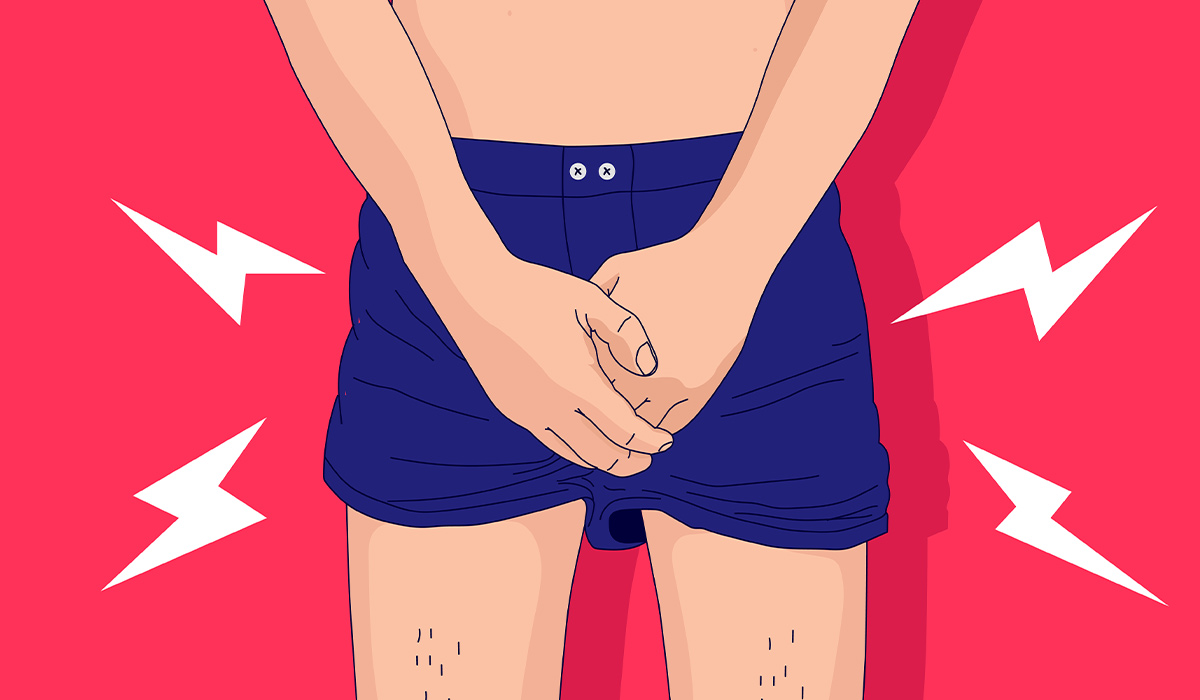
Genital herpes is a disease caused by the HSV herpes virus. What symptoms does it give? Check what treatment and… read more »
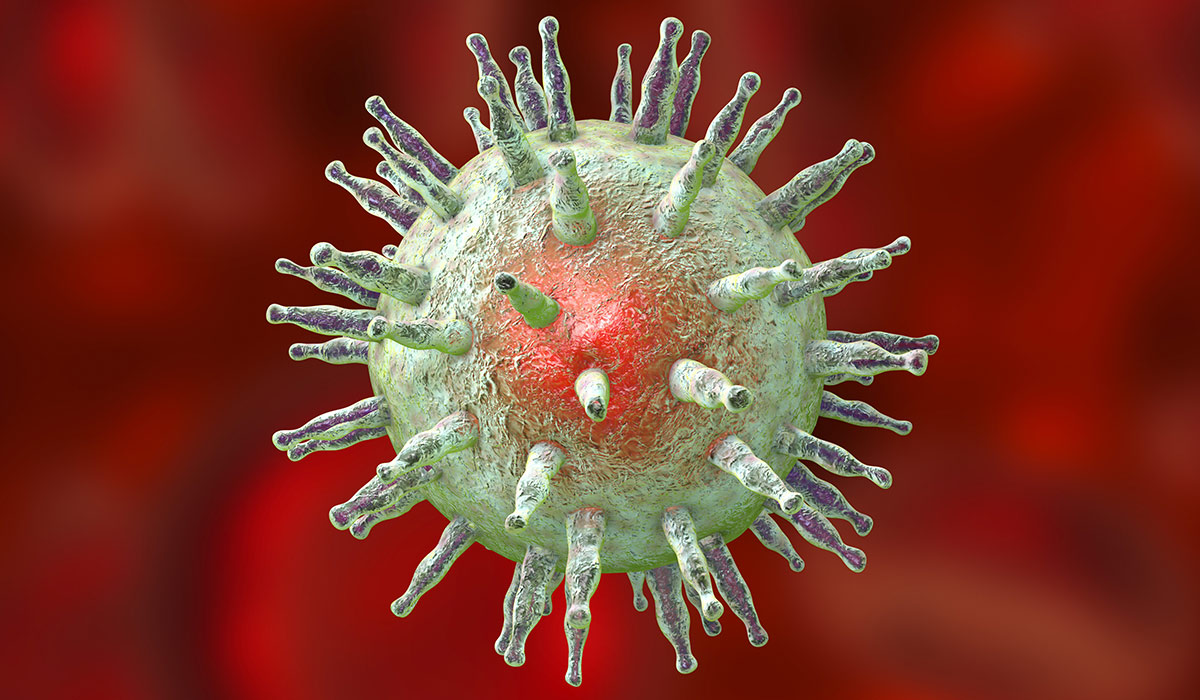
Epstein Barr Virus is a pathogen that causes infectious mononucleosis and many other diseases. Learn about the risks associated with… read more »
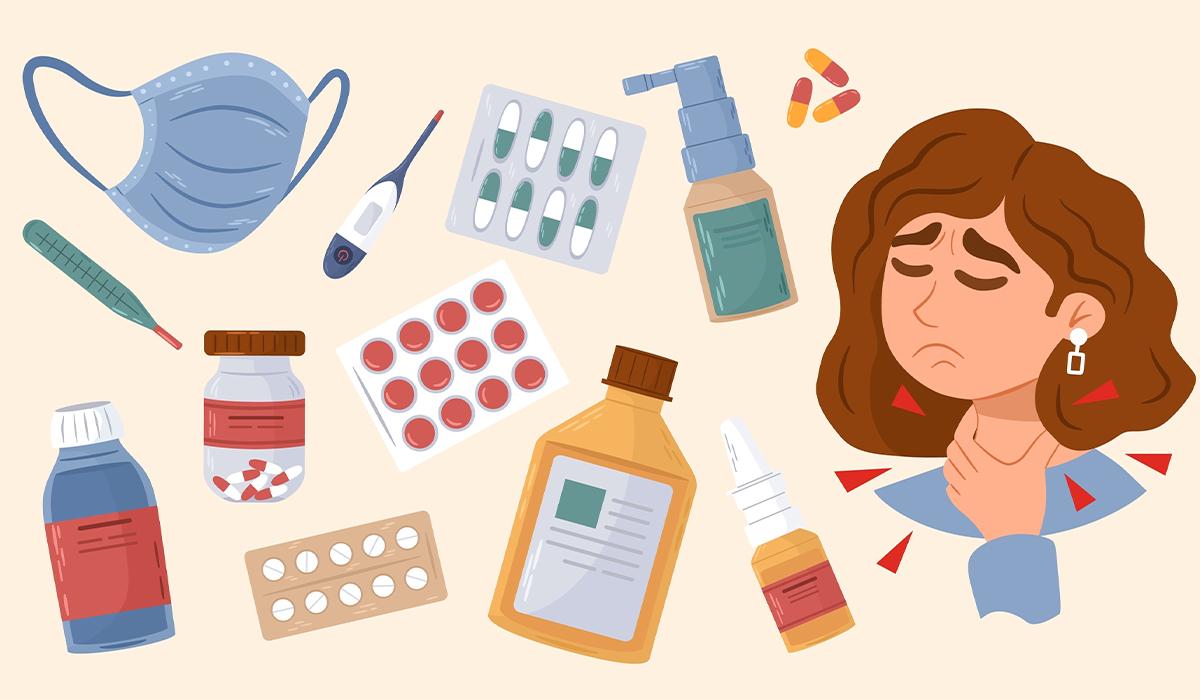
Discover Sore Throat Remedies for quick and effective pain relief. Many herbs and foods have healing properties. Learn how to… read more »
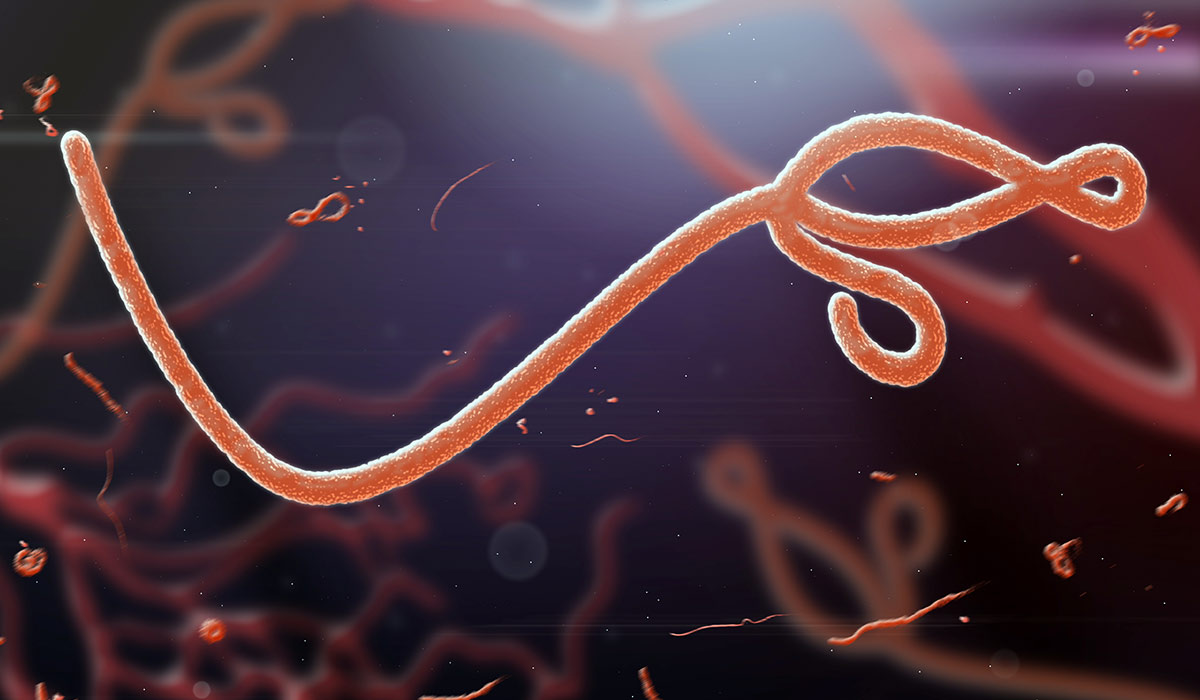
The Ebola virus continues to pose a threat to those living in Africa. Learn about the risks associated with Ebola… read more »
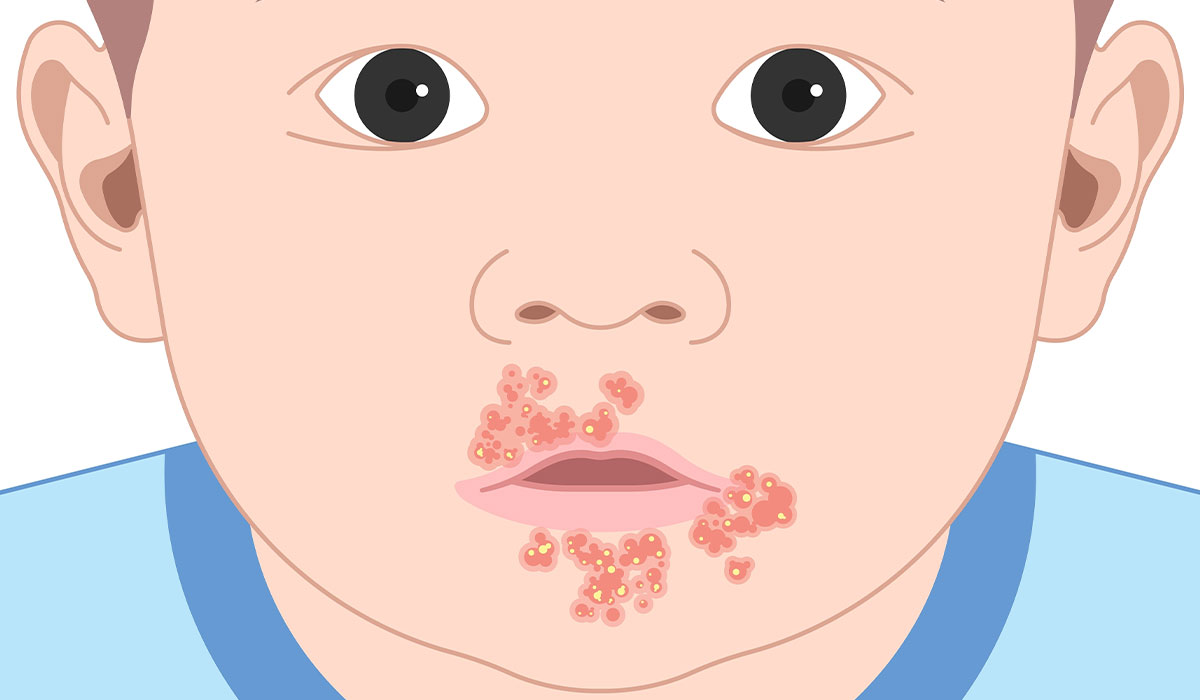
Impetigo is a common skin disease affecting infants and young children. It's highly contagious but rarely causes severe symptoms or… read more »
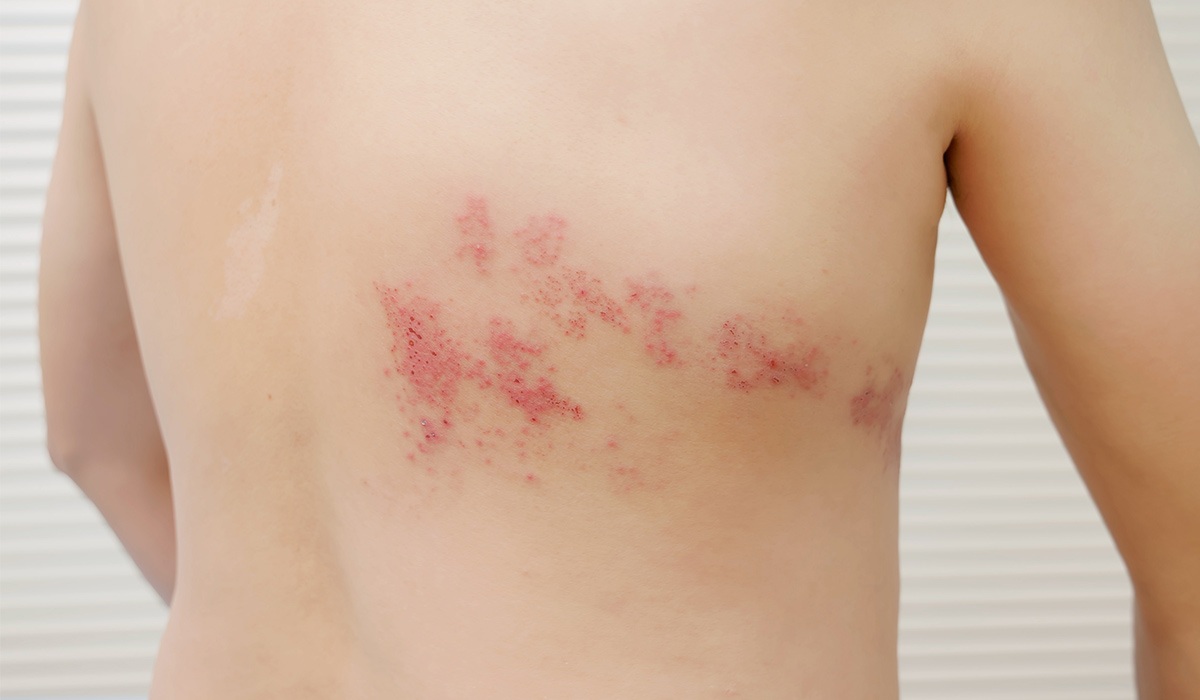
Shingles is a viral infection caused by the varicella-zoster virus that also causes chickenpox. Its other names are herpes zoster… read more »
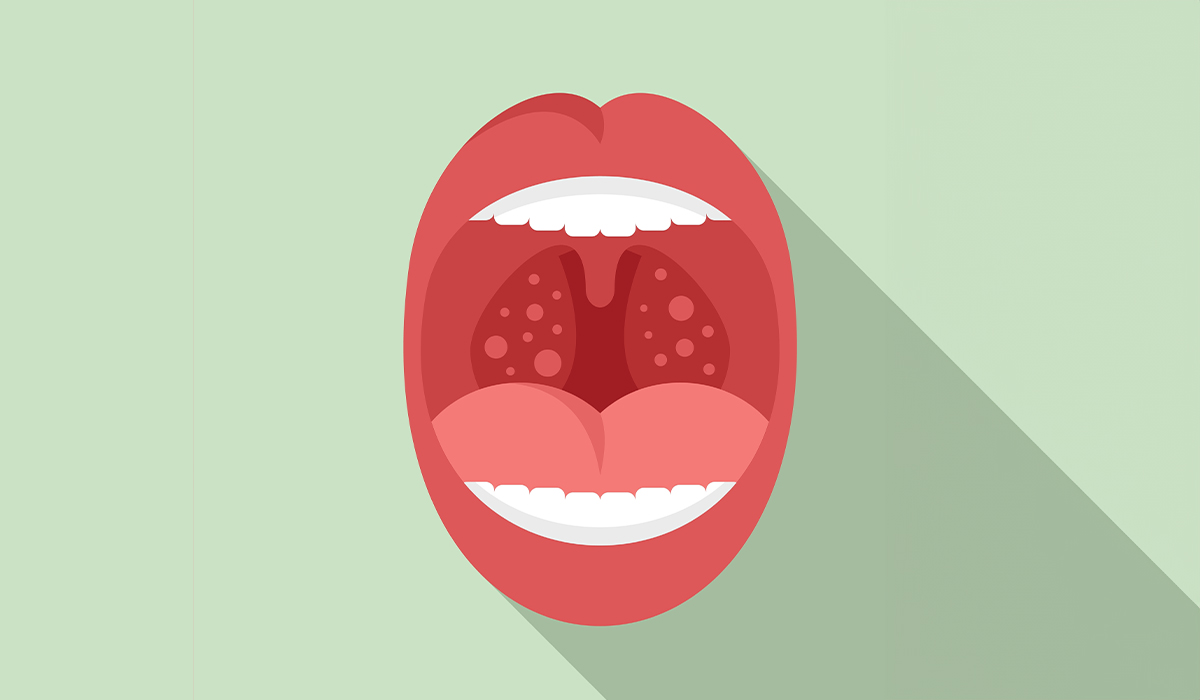
Herpangina or herpetic pharyngitis is usually caused by viruses. Read about how to recognize the symptoms. Learn about treatment methods. read more »
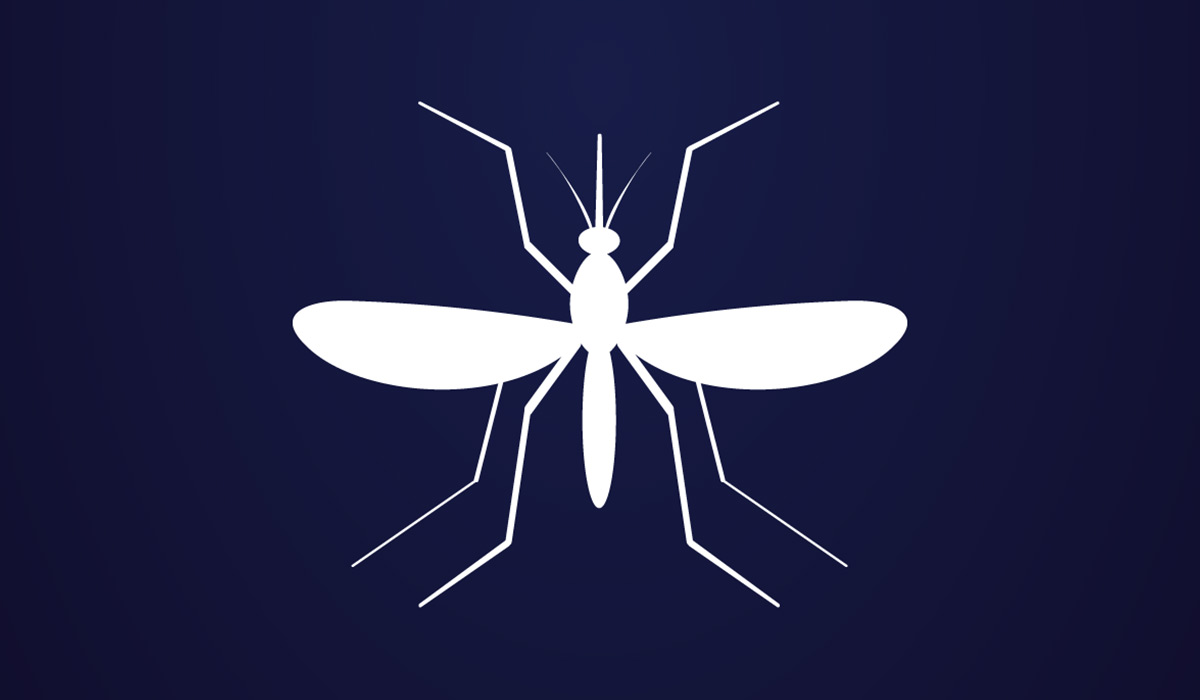
West Nile Virus is a threat not only to Africans. Fortunately, most patients pass the infection mildly, but there are… read more »